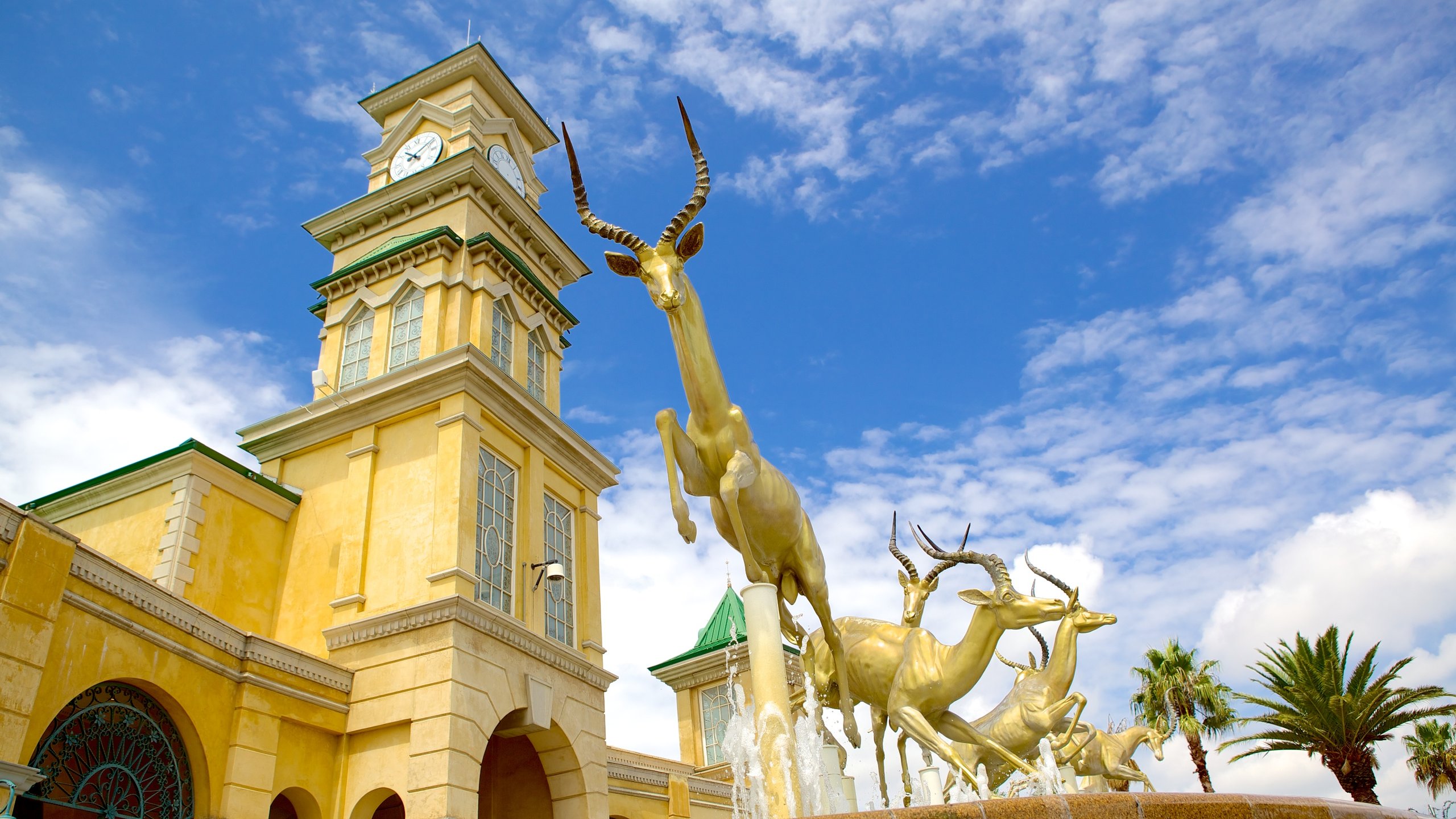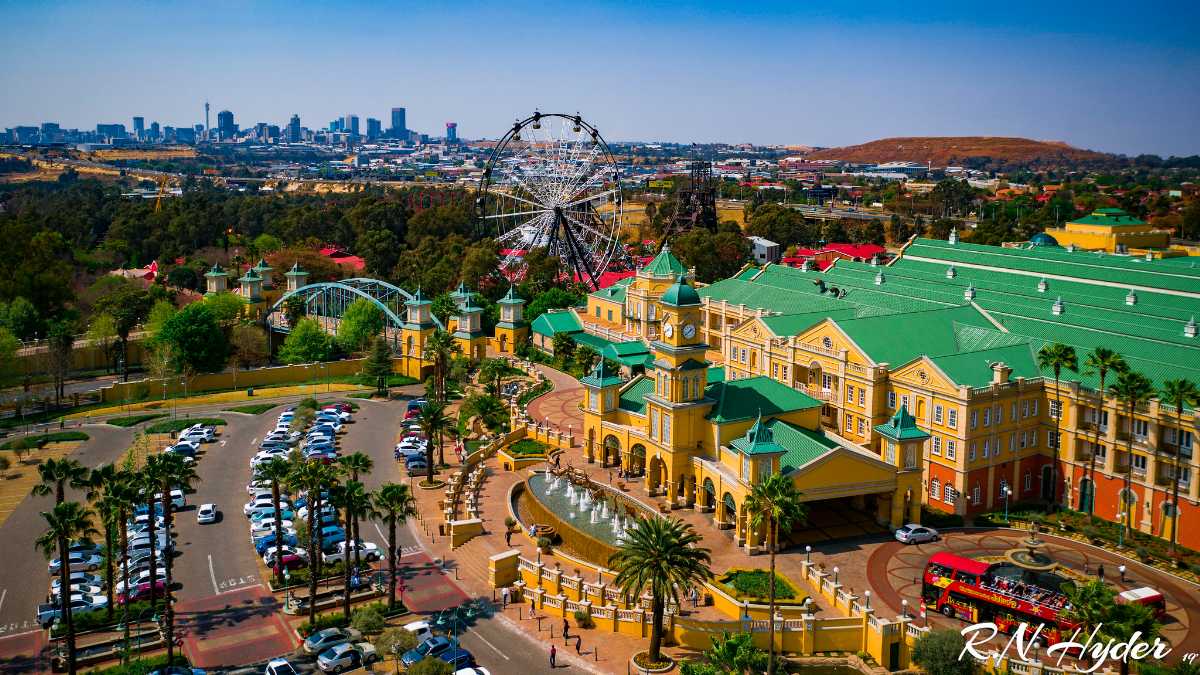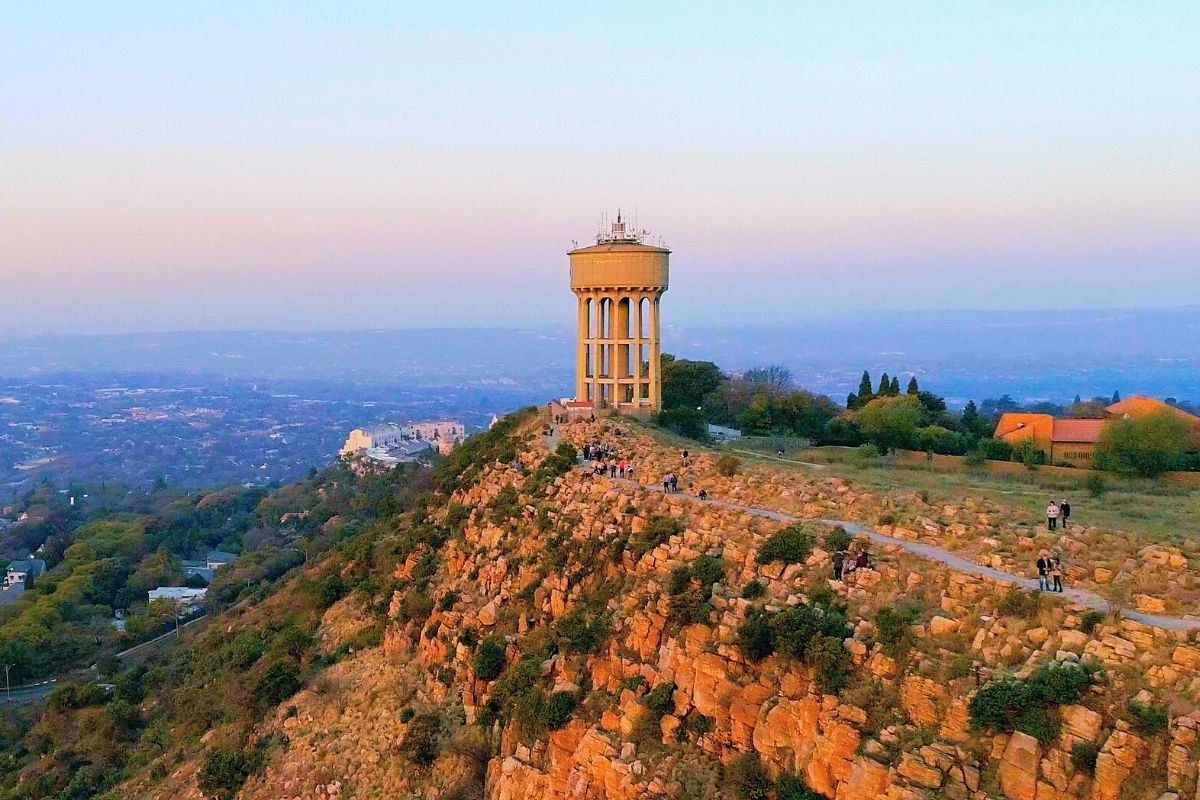The Facts About Johannesburg North Attractions Uncovered
The Facts About Johannesburg North Attractions Uncovered
Blog Article
The Definitive Guide to Johannesburg North Attractions
Table of ContentsNot known Facts About Johannesburg North AttractionsSome Ideas on Johannesburg North Attractions You Should KnowGetting The Johannesburg North Attractions To WorkAn Unbiased View of Johannesburg North AttractionsJohannesburg North Attractions Can Be Fun For Everyone9 Easy Facts About Johannesburg North Attractions Explained3 Easy Facts About Johannesburg North Attractions Described
You must keep safety in mind and visitors need to remain sharp at all times when in unfamiliar surroundings. Talk to the locals when you are in town to find out concerning the location you are staying in. Johannesburg North attractions. When on the road (this does not relate to mall and various other safe and secure settings) finest basic guidance is to try your ideal to look like a neighborhood and to prevent presenting any type of form of wide range
Not known Details About Johannesburg North Attractions
Professor Revil Mason O. J. (Thomson, 1946) explored the Witwatersrand's pre-colonial history. His archaeological work exploded the 'em pty land' misconception, according to which the region was lacking human habitation prior to the arrival of European inhabitants. In his magazines Prehistory of the Transvaal: A Document of Human Activity (1962) and Beginnings of Black Individuals of Johannesburg and the Southern Western Central Transvaal AD 3501880 (1986 ), Teacher Mason showed the extent of social and economic advancement in the area before Europeans set foot here.

An Unbiased View of Johannesburg North Attractions
He acted with the federal government's consent, approved after he had vowed to maintain his explorations trick. In 1874, small mining operations were begun in the Magaliesberg, where an Australian, Henry Lewis, had discovered gold down payments. In 1878, David Wardrop located gold in quartz blood vessels at Zwartkop, north of Krugersdorp. In 1881, Stephanus Minnaar discovered gold on the ranch Kromdraai, near the Cradle of Humankind.
In March 1886, an outcropping (quickly to be called the Key Coral reef) was discovered, rather fortuitously, on Gerhardus Oosthuizen's ranch Langlaagte. Some claim that the Lancastrian coal miner George Pedestrian found this reef. One more itinerant English miner, George Harrison (that had formerly operated in Australian mines) obtained a prospecting permit in respect of Langlaagte in May 1886.
He made a decision to move on in a quest for greener pastures, and disposed of his Langlaagte claim for the princely sum of see this 10. Alas: beneath lay the wealthiest goldfield ever discovered. The exploration of this rich auriferous coral reef provoked a gold thrill that indicated completion of agrarian serenity in the southerly Transvaal.
It would, within 6 years, become the largest town in southerly Africa. Within a decade, it would make the Z. A. R. until after that an anarchical and insolvent little state the wealthiest nation in Africa. By the millenium, the Z. A. R. was to surpass Russia, Australia and the USA of America to come to be the world's leading gold producer, producing greater than a quarter of the globe's gold.
Johannesburg North Attractions Things To Know Before You Buy
It was referred to as Ferreira's Camp, named after Colonel Ignatius Ferreira. He was a Boer traveler upon whom the British authorities had actually presented the status of Buddy of the Most Distinguished Order of St Michael and St George (entitling him to the post-nominal letters C. M. G.) in thankfulness for his function in the war that had deposed the Pedi king Sekhukhune in 1879.
Two other camps were developed: Meyer's Camp on the farm Doornfontein, and Paarl Camp. The latter was nicknamed Afrikander Camp; several people from the Cape Nest settled there.

Getting The Johannesburg North Attractions To Work
This name obtained currency by word of mouth, such that the State Secretary attested the name to the Mining Commissioner on 9 October 1886. Stands in the village were auctioned on you could check here 8 December 1886. While some stands were cost 10, others were torn down for as little as sixpence.
Two years later, these erven were to change hands for as long as 750 each. The tented camps dwindled as a dorp of corrugated iron structures established and expanded north of the mines located along the Main Reef Roadway. Locations such as Jeppe's Town (where working-class immigrants erected their residences) and Doornfontein (where the upscale brand-new 'Randlords' started to create their opulent houses) were quickly included to the ever-expanding map of the community.
The Johannesburg North Attractions Ideas
Aside from the street names, this page there were no indicators of Johannesburg being situated in a Dutch-speaking nation. Several years later on, C. W. Kearns O. J. (among the initial kids enlisted at St John's College in 1898) would remember: 'A weird truth regarding Johannesburg was that, although it was in the [Boer Republic], nearly everybody talked English and even the Government servants addressed one in English, unless they were very first attended to in the Taal (or Reduced Dutch)'.
Britain had a passion in guaranteeing optimum conditions for gold manufacturing on the Witwatersrand, and that the gold was exported to London instead than Berlin a critical made all the more clamant by the Z. A. R.'s increasing toenadering with Germany. Mine owners were on a clash with Head of state Kruger, whose plan of monopolistic concessions (typically given to his cronies) avoided mining firms from procuring supplies of products (specifically dynamite) and labour on their very own, cheaper terms
What Does Johannesburg North Attractions Mean?
In 1890, the Volksraad had restricted the franchise business to white males who had actually lived in the Z. A. R. for fourteen years or longer, hence disqualifying a lot of the immigrants (who happened to be the major contributors to the fiscus). Nonetheless, frustration for the vote was a mere pretense for advertising a different program; many uitlanders concerned themselves as short-term visitors and had no intention of remaining in the Z.
Report this page